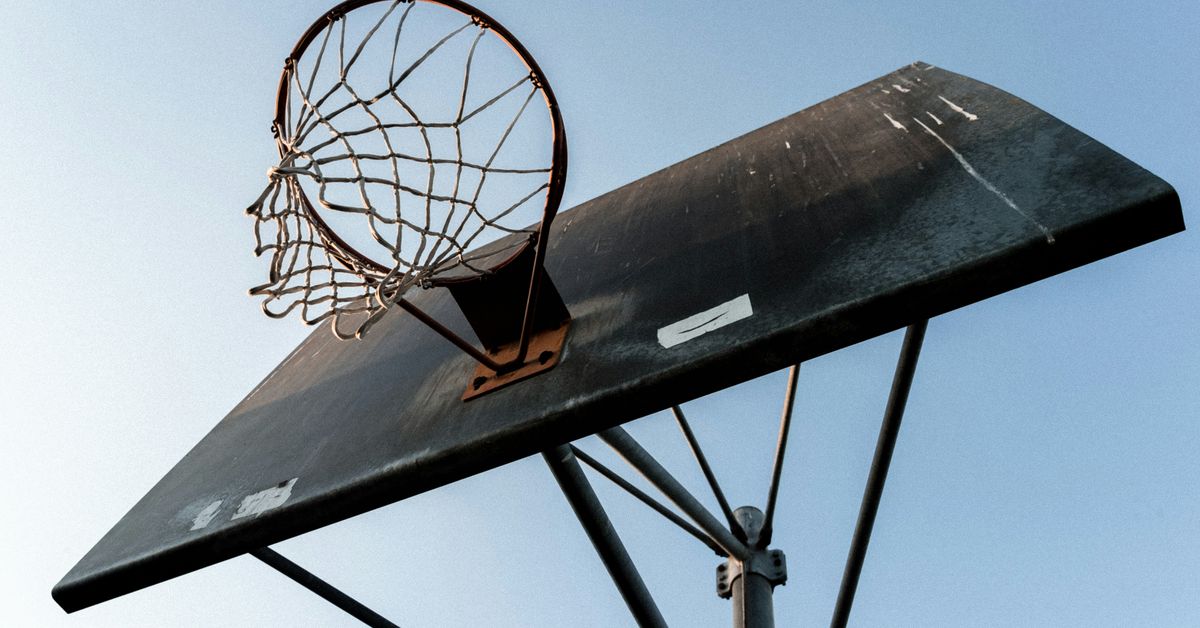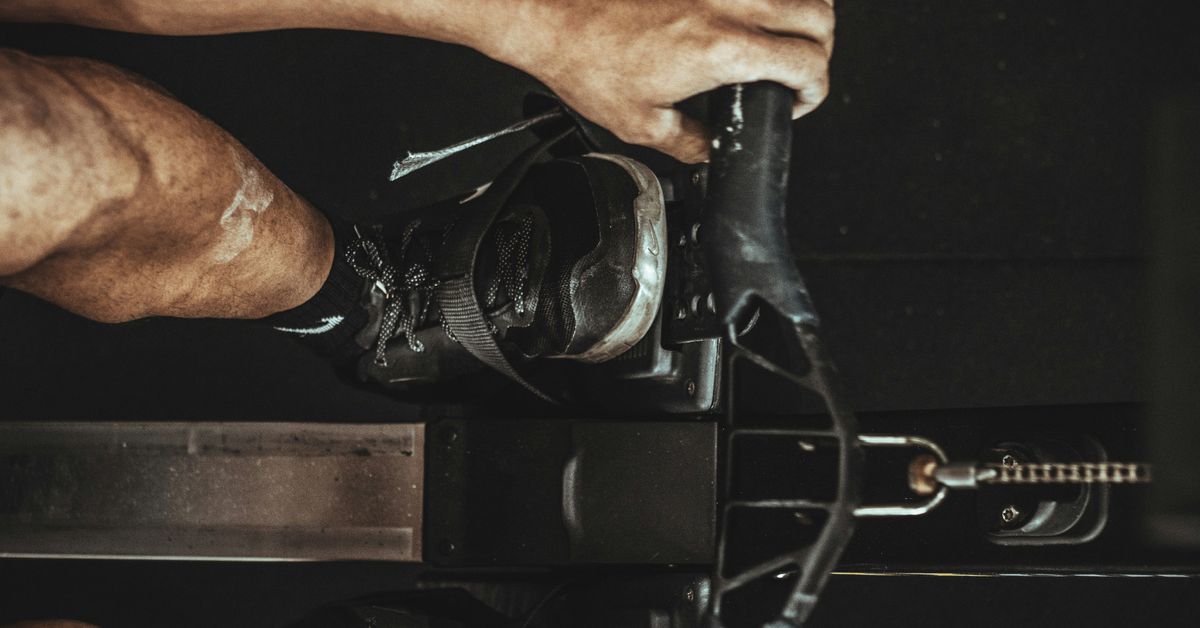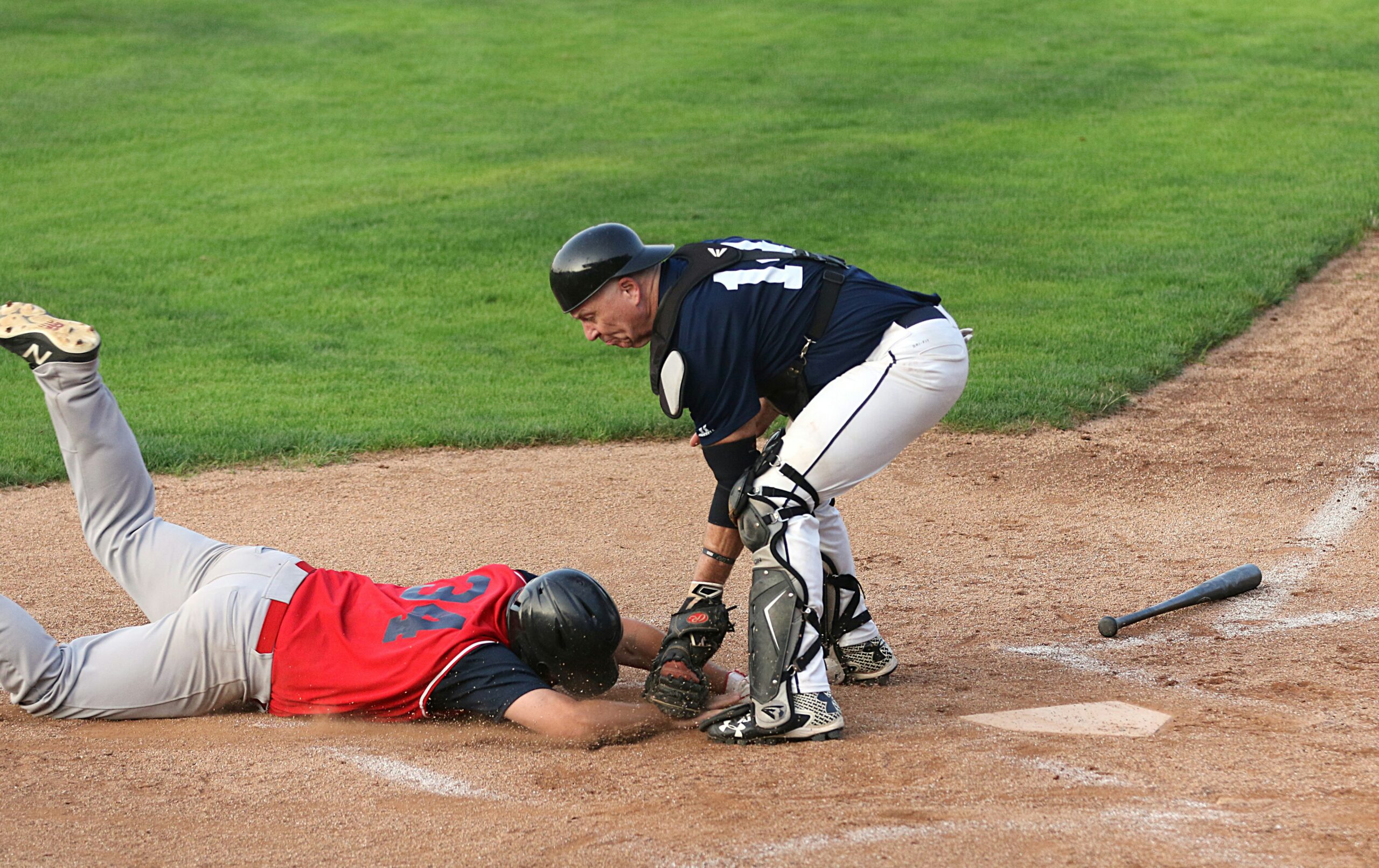Is Your Training Missing This Key Element for Sports-Specific Conditioning?
In the world of sports, conditioning is often seen as the backbone of an athlete’s performance. From the casual weekend warrior to the elite professional, everyone is chasing that elusive edge—better endurance, faster speed, and greater agility. But here’s a thought: is your training missing a key ingredient that could elevate your performance? Spoiler alert: it probably is. Let’s dive into the world of sports-specific conditioning, a topic that’s as crucial as it is often overlooked.
The Foundation of Sports-Specific Conditioning
First, let’s break down what sports-specific conditioning really means. It’s not just about hitting the gym or running laps around the track; it’s about tailoring your training to mimic the demands of your particular sport. You wouldn’t train a marathon runner the same way you would a sprinter or a football lineman—each sport requires a distinct set of skills and physical attributes.
Think about it: when I was training for my first half-marathon (which feels like a lifetime ago), I remember running long distances but neglecting the strength training that would have fortified my legs and core. I thought, “Why spend time lifting weights when I could be out pounding the pavement?” Spoiler alert: my legs were not happy with me by mile 10.
Defining the Key Element
So, what’s the key element that many athletes overlook? It’s the incorporation of sport-specific skills into the training regimen. Skills that reflect the movements, energy systems, and demands of a sport can make a dramatic difference in performance. This means not just working on your cardio or strength but also practicing the very actions you’ll perform in competition.
Here’s a breakdown of how this works:
- Movement Patterns: Every sport involves unique movement patterns. For instance, a basketball player needs quick lateral movements and vertical jumps, while a soccer player requires endurance and agility over longer distances.
- Energy Systems: Different sports rely on different energy systems. Sprinters engage in anaerobic training, while marathoners focus on aerobic capacity. Understanding which system your sport relies on is crucial.
- Sport Strategies: Training should also encompass tactical drills that reflect game scenarios. This not only conditions the body but also sharpens the mind.
Why General Fitness Isn’t Enough
Now, don’t get me wrong—general fitness is important. I mean, who doesn’t want to be in shape? But if you’re just hitting the treadmill or lifting weights without focusing on the specifics of your sport, you might be missing the mark. It reminds me of that time I walked into a gym and saw a guy training for a triathlon after spending the last few months only doing bench press. Great pecs, sure, but how was he going to handle that bike ride?
Studies have shown that athletes who incorporate sport-specific training into their routines demonstrate improved performance metrics compared to those who focus solely on general fitness. For example, one study from the Journal of Sports Sciences found that soccer players who practiced agility drills specific to their sport showed marked improvements in on-field performance.
The Importance of Assessment
Before diving headfirst into a tailored program, it’s essential to assess your current conditioning level and identify weaknesses. This assessment can be as simple as consulting with a coach or more formal, involving physical testing and analysis. Personal trainers and coaches often use a variety of methods to gauge an athlete’s strengths and weaknesses:
- Functional Movement Screen (FMS): This is a series of movements designed to identify limitations and asymmetries in movement patterns.
- VO2 Max Testing: Measures aerobic capacity and can help determine the athlete’s endurance potential.
- Strength Testing: Assessing maximum lifts or endurance in specific exercises can highlight areas that need work.
Once you have a clear picture of your current capabilities, you can create a plan that not only improves your overall fitness but also hones in on the specific demands of your sport.
Creating a Sports-Specific Training Plan
Now that we’ve established the importance of incorporating sport-specific elements into your training, let’s talk about how to create a plan that works. Here’s where the fun begins—tailoring your workouts to not just build muscle and endurance, but also improve your sport performance.
1. Identify Key Skills
First things first, identify the key skills required for your sport. For instance, a basketball player needs to work on shooting, dribbling, and defensive movements. A swimmer, on the other hand, should focus on stroke technique and starts. Break down your sport into its fundamental movements.
2. Incorporate Specific Drills
Once you’ve pinpointed the skills, it’s time to drill them. This might mean practicing shooting free throws for a basketball player or conducting passing drills for soccer players. Here’s where the magic happens. I’ll never forget watching a local youth soccer team practice their passing drills—there was more laughter than precision, but hey, they were having a blast while learning!
3. Blend Conditioning with Skills
Next, you want to intertwine conditioning with skill work. For example, instead of doing a standard sprint workout, set up a series of cone drills that mimic the movements you’d make during a game. This not only builds endurance but also helps your body learn how to react under pressure.
4. Monitor Progress
Finally, keep track of your progress. Whether it’s through a training journal or a fitness app, logging your workouts and measuring improvements will help you stay focused and motivated. Celebrate those small victories—like when I finally nailed that 10-minute mile. Sure, it took a year, but who’s counting?
Real-Life Examples
It’s easy to talk about theory, but let’s look at some real-life examples that illustrate the power of sport-specific conditioning. Take, for instance, the case of a collegiate swimmer who, after struggling to break a personal record in the 100-meter freestyle, began working with a coach who focused on sport-specific drills.
Instead of swimming endless laps, he started incorporating explosive starts and sprint sets that mimicked race conditions. Within weeks, he saw his times drop significantly. This approach—focusing on the unique aspects of swimming rather than just general conditioning—made all the difference.
Another example comes from the world of football. A high school linebacker, once known for his strength but criticized for his speed, revamped his training program. By incorporating agility ladders, cone drills, and sport-specific strength exercises, he improved his 40-yard dash time considerably, earning him a scholarship offer. It just goes to show that a tailored approach can yield impressive results.
Common Pitfalls to Avoid
As you embark on your journey to enhance your sports-specific conditioning, be mindful of common pitfalls that can derail your progress:
- Neglecting Recovery: Don’t let your eagerness to improve overshadow the need for recovery. Overtraining can lead to injuries that sideline you.
- Ignoring Nutrition: You can’t out-train a bad diet. Fuel your body with the right nutrients to maximize your training efforts.
- Sticking to a Strict Routine: While consistency is key, don’t be afraid to adapt your training based on how your body feels or the demands of your season.
Bringing It All Together
So, as we wrap up this exploration of sports-specific conditioning, it’s clear that the road to peak athletic performance requires more than just general fitness. It calls for a thoughtful integration of skills, drills, and tailored conditioning that mirrors the demands of your sport.
As you reflect on your own training, consider how you might integrate these principles into your regimen. Are you focusing on the skills that matter? Are you including sport-specific drills that will give you an edge? If not, it might be time to rethink your approach.
After all, whether you’re sprinting toward glory on the football field or diving into the depths of a swimming pool, the right training can make all the difference. And who knows? With a little adjustment, you might just find yourself breaking records (or at least enjoying the ride a bit more). Happy training!




